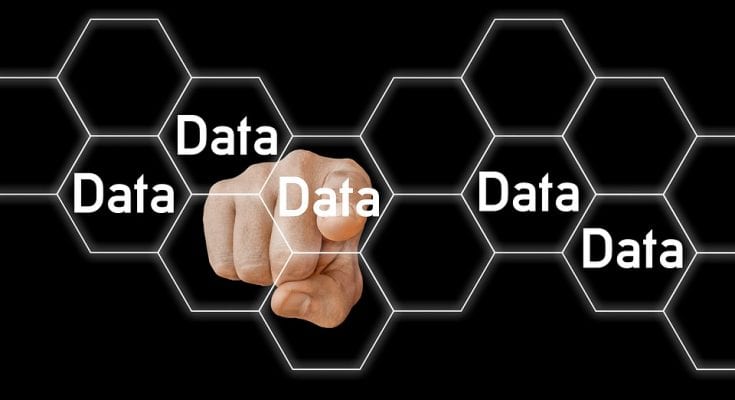If you want to become a data scientist or have some working knowledge in the field of Data Science, you might have heard bout structured query language or SQL. Many industry professionals generally refer to this database as a sequel over its full acronym or name. It is the language of a database used for queries or the management of relational database management systems or RDBMS for analytics of Big Data and associated tasks.
SQL is integral for your work as a data scientist
Several programming languages are prevalent today. This makes a data scientist often ponder on why they should lay emphasis on SQL particularly. Experts in the field of data science state that you should note that SQL has been tested over time, and ever since its arrival in the 1970s, it is still hugely relied upon across the globe by millions of IT professionals. Moreover, it is not only a programming language, but it is a query language as well.
SQL can be said to be a unique language for representing structured data. When professionals learn it, it is a great idea for them to get familiar with the most useful queries in the language or SQL statements. For instance, as a data scientist, you can always learn these queries to retrieve data and order it in several ways and explore more use cases of SQL by taking up a course.
There are some SQL queries based on Maths, for instance, those queries that count the number of clients or customers in a table for producing an average of the specific attribute.
You should keep in mind that any statement is a text where the database engine identifies as a command that it knows. Here, the SQL queries are those commands that return record sets for the users.
You should also note that when you are typing out any SQL query or statement while working with tables, it is not at all case sensitive. However, when you type out statements that permit over one command that is executed during the single server call, they need semi-colons at the end. The queries of UPDATE, DELETE, and SELECT is the most commonly used ones in the SQL database and are widely used to manipulate data in the system.
Excel and SQL databases
Data scientists familiar with Excel spreadsheets might not know it, but they already have some basic knowledge about SQL. Look at it closely- both Excel and SQL store information or data inside tables with columns and rows. Each of these tables has a smaller section called a field.
People use SQL to check the quality of the data. Professionals from credible database management and support companies, RemoteDBA, say that even esteemed companies create customized databases for keeping vital information. The one common aspect of all these companies is their data science team of experts using SQL when working with the data.
Explore plenty of SQL learning resources
The previous section highlighted why SQL databases are important for data scientists for them to learn it? In case you aspire to become one, you should learn more about it; otherwise, finding a job in the field will become extremely challenging for you.
Several independent studies have proved and accessed the probability of job listings for data scientists where knowledge of the SQL language is mandatory. These studies have revealed that knowing SQL is one of the top skills for companies looking for database roles like data analyst jobs and more.
However, the good news here is if you want to learn about the SQL language, there are plenty of free online courses keeping data scientists in the picture.
Even if you want to pay for the SQL course, you will find that most of them have been created and designed to keep the modern needs of data scientists in mind. This means you can learn the latest concepts that are directly associated with your career.
When you start your course and grasp the basics of SQL, you can learn about the different types of queries you can use and be introduced to the most popular SQL databases like MySQL and Microsoft SQL, as they are the leaders in the field.
Learn SQL from reference books and other educational aids
Besides taking paid or free courses in the field of SQL, you can use books for tools of reference. Again, YouTube gives you several resources to understand definitions and other basic areas of terminology. You can also find some great tips on delving deeper into the subject and enhancing your knowledge in it.
Groups and forums for guidance on data science
If you want to meet other data scientists to get some more guidance and insights for Data Science Skills learning, you can register on sites like Meetup, where you get the opportunity to meet SQL groups and interact with them. These groups are highly beneficial for those who have just started to learn the language and are looking for recommendations when it comes to delving deeper into the subject. It is one of the best ways to enhance your knowledge and remain updated about the latest.
The best part of these SQL groups is getting the chance to interact and be guided by senior-level data scientists who often are present in them. With their advice and guidance, you can effectively get guidance in data science and the career opportunities that are open and available for you.
Therefore, it is evident that learning SQL as a language is completely within your grasp from the above. If you want to become a data scientist, it is prudent for you to learn SQL first.
The tutorial’s choice is your wish, and you can complete your training with educational aids, videos, and diagrams, both paid and free. There is a plethora of informative content available for your needs, and with them, you can complete your learning milestone with success. SQL training is indispensable to data science and if you want to be a successful professional in the field, start learning it now.



